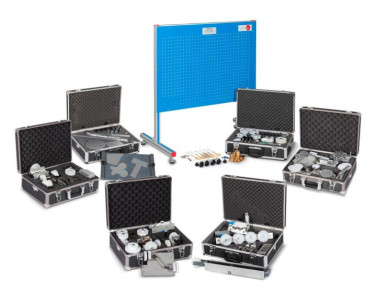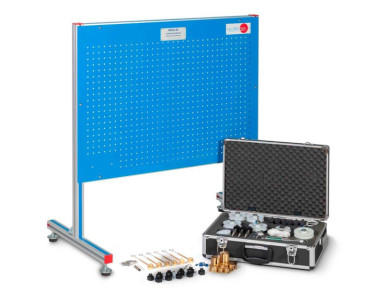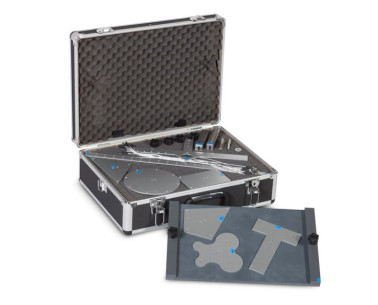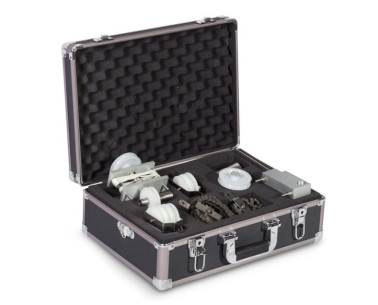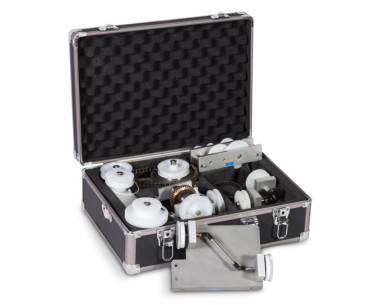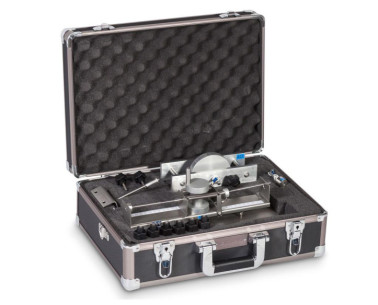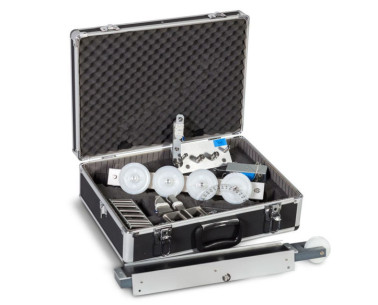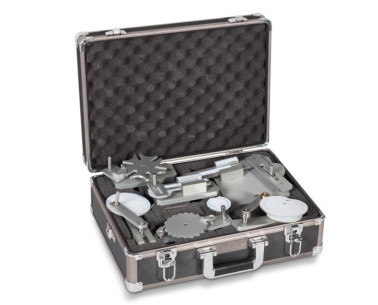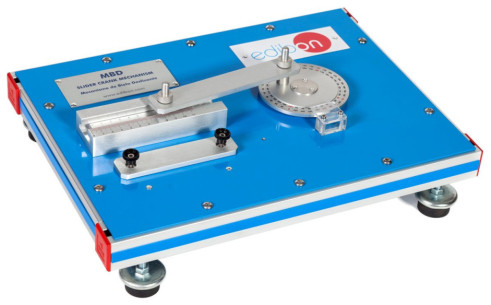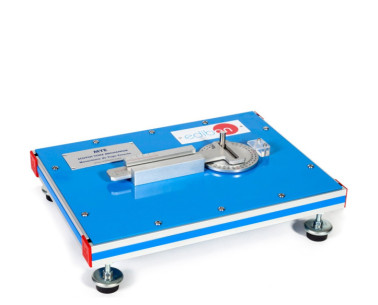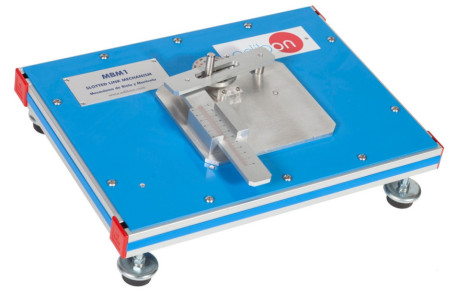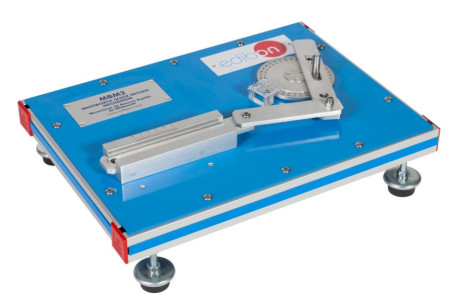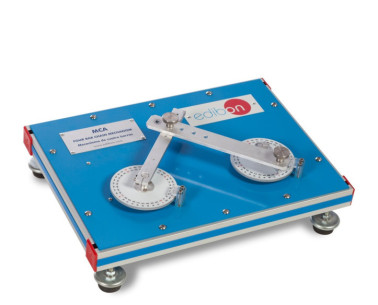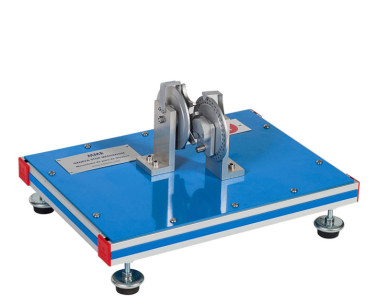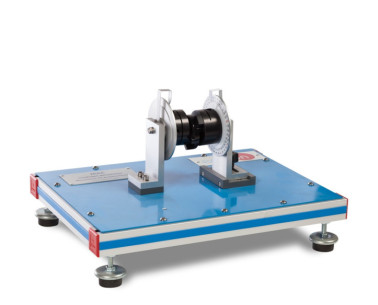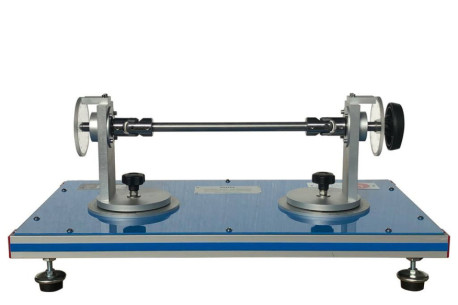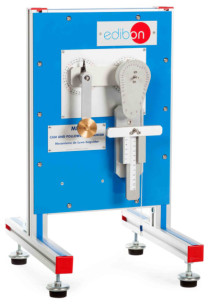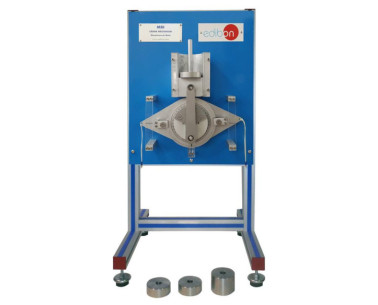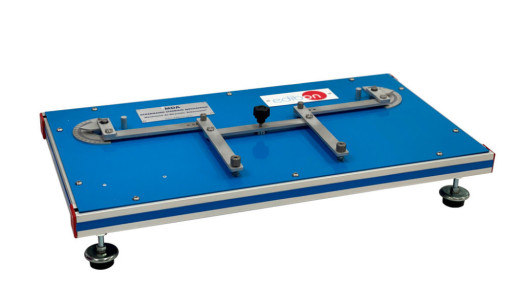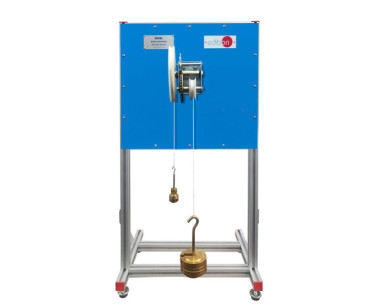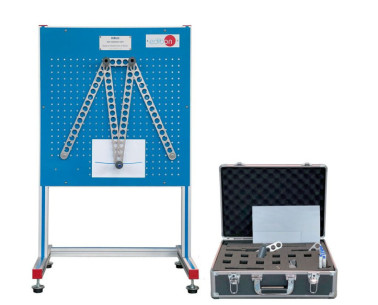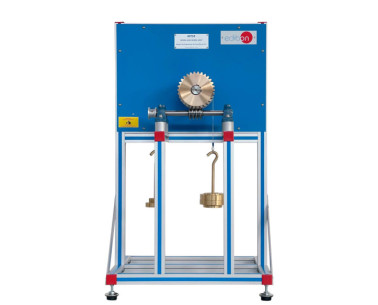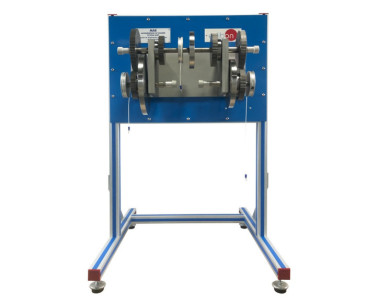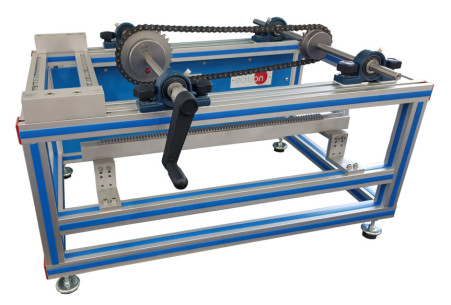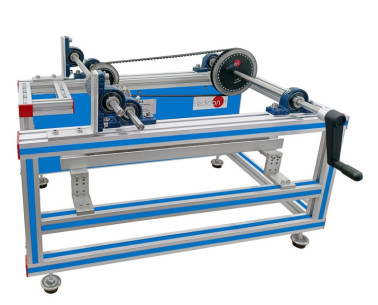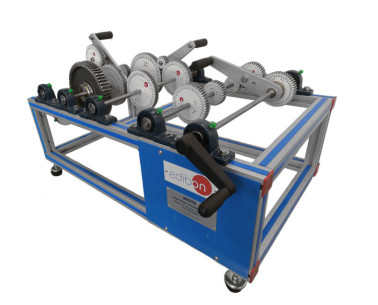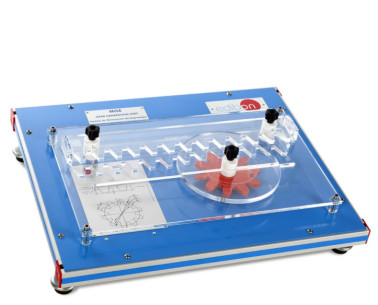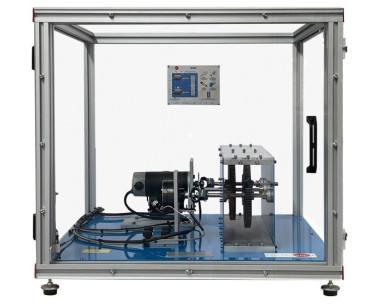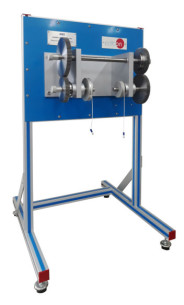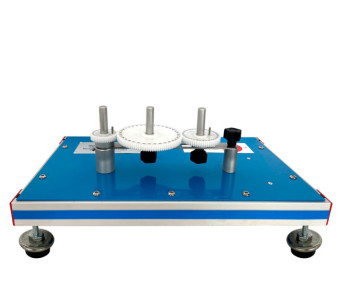PARA MAIS INFORMAÇÕES, CONTACTE-NOS
14.1.- BIOMECÂNICA
Biomecânica estuda a mecânica do movimento do organismo dos seres vivos, entre eles o movimento do corpo humano. Este estudo abrange desde os movimentos mais simples da vida quotidiana, como o trabalho ou a actividade desportiva, até ao movimento de alguns órgãos internos, como o coração. Para estudar a cinética do corpo humano, biomecânica aplica os princípios de mecânica e o conhecimento de anatomia e fisiologia, permitindo a concepção de novos instrumentos de diagnóstico e tratamento e o desenvolvimento de melhores implantes e prótesesdesenhos.
Ver maisAgora, Biomecânica analisa os movimentos da combinação de articulações e músculos. Estas análises permitem-nos estudar as cargas e os esforços a que o corpo humano é submetido. O conhecimento de cinética humana torna possível o tratamento de lesões e a sua posterior reabilitação, a concepção de próteses que permitem flexibilidade de movimentos, a procura de novas técnicas desportivas para aumentar o desempenho de uma actividade física ou a prevenção da deterioração do organismo ao realizar actividades no trabalho e em casa. Este conhecimento pode ser dividido em várias áreas de Biomecânica: Biomecânica Médica, Biomecânica do Desporto e Biomecânica Ocupacional. Outra aplicação da Biomecânica é a design de aplicações robóticas. Os movimentos feitos pelos braços robóticos ou a capacidade de deslocamento de alguns por meio de um sistema locomotor electro-mecânico baseiam-se na mecânica dos seres vivos.
O estudo contínuo do comportamento mecânico dos organismos está a levar o aplicações da Biomecânica a desenvolver próteses biónicas e organismos artificiais que simulam o funcionamento normal de um organismo real e podem reagir a estímulos. Além disso, a melhoria da tecnologia exoskeletons aumentará a mobilidade das pessoas com mobilidade reduzida e melhorará as capacidades físicas ao realizar actividades de grande tensão.
Ver produtos Preferências de cookies
Preferências de cookies

